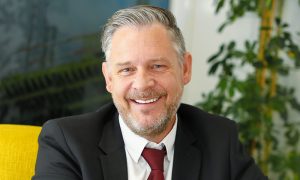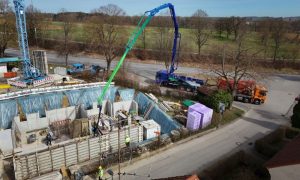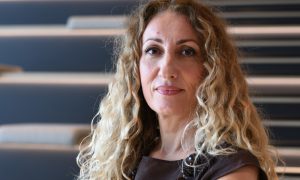The Big 5: UK firm brings stadium security expertise to GCC
Technology is helping security design become more efficient, says Wales-based Design Security

The UK-based Design Security is showcasing its stadium security services at The Big 5 in Dubai, as it looks to tap into the GCC’s construction and infrastructure segments.
The company, based in Wales, provides consultancy services to help clients understand risks and design security control measures accordingly. It is exhibiting for the first time at The Big 5, which runs until November 26.
Chris Aldous, director of the company, was involved in the security design of the main stadium for the London 2012 Summer Olympics as well as stadiums for Premiership football clubs in the UK.
Aspects like crowd control and management help inform the design of stadiums, he notes. “What we’re trying to do is try and avoid crowd build-ups because of the various threats that we have to deal with, so if we have a large crowd that potentially attracts a greater threat.”
Design Security is currently involved in two stadium projects in Qatar and is seeking to make inroads into the Dubai and Saudi markets. It is looking to establish a local office in the next three to four months, Aldous says.
Security design is getting more efficient, he notes, commenting on trends in the market. “There’s more of a focus of integrating the security systems such as CCTV in conjunction with your ticketing strategies, to speed the supporters’ entrance, from the time they leave their vehicle and they arrive at the stadium, they can quickly be verified and get to their seats.”
Airport security is also getting smarter, he tells MEConstructionNews.com.
“We’re looking at new technology in relation to the x-ray screening where we can process five people through one screening all at the same time. We’re talking intelligent systems which will tell you when there’s an unidentified threat. 99% of what goes through an x-ray machine, nobody’s really interested in because there’s no threat there.”
“What we’re training the systems to do using algorithms and technology to spot threats and then have humans look at that in more detail.”



















